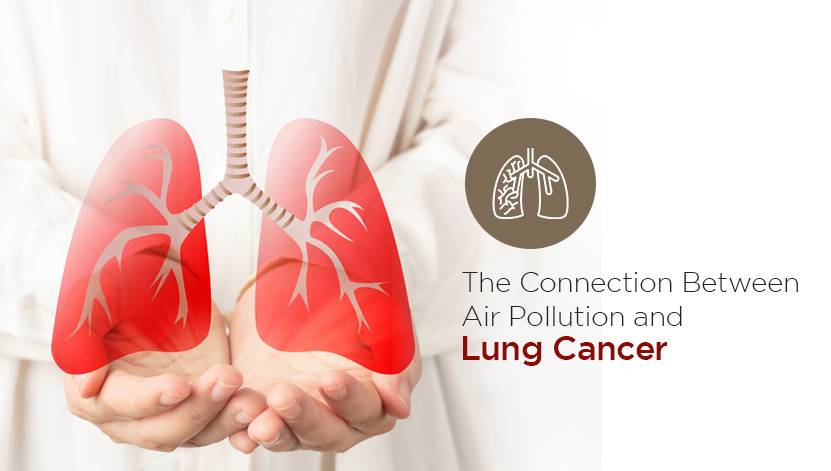Breathing is something we do without even thinking about it. But what if the very air we breathe could be slowly harming us? It's a chilling thought, but unfortunately, it's a reality for millions of people around the world. The alarming statistics from the World Health Organization reveal that nearly 90% of people worldwide breathe polluted air daily. This widespread exposure puts countless lives at risk. Air pollution, an invisible enemy that lurks in our environment, has been linked to numerous health problems, including lung cancer. Let us explore the connection between air pollution and lung cancer and talk about the preventative measures that surgical oncologists recommend for us.
